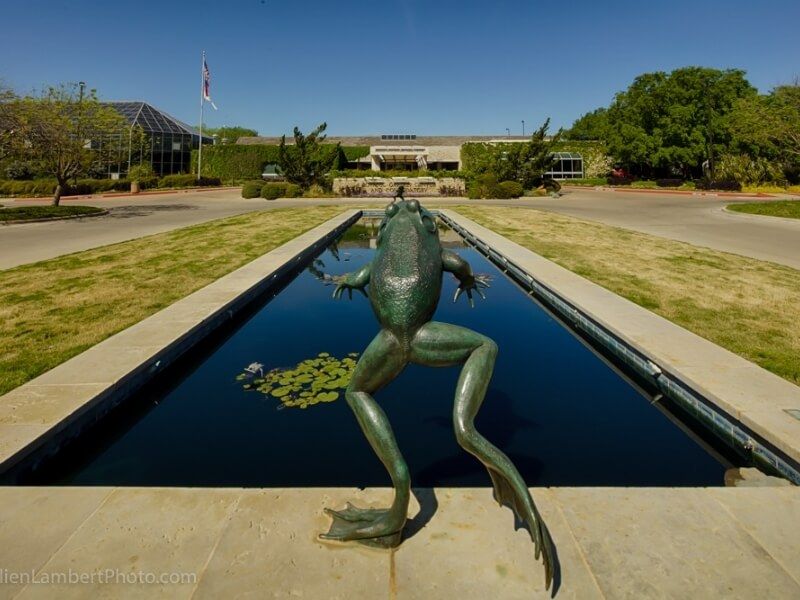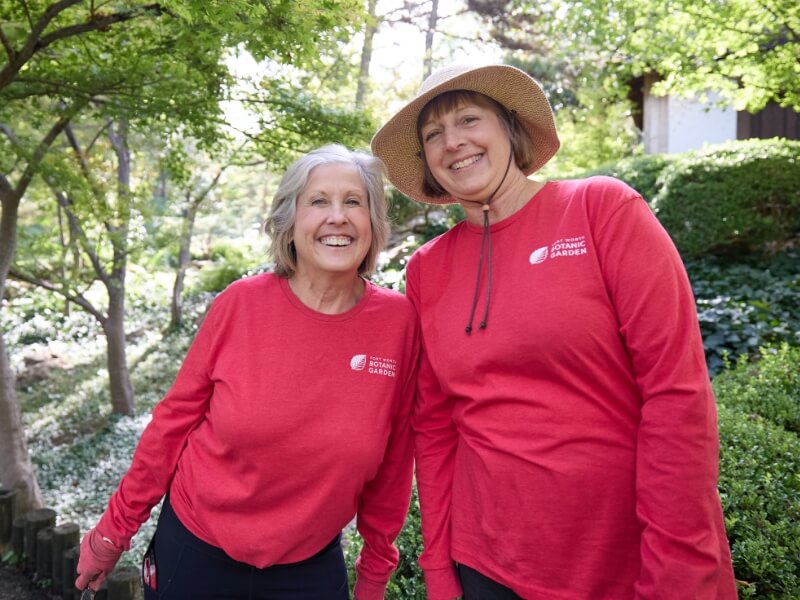Explore with us!
Explore the Fort Worth Botanic Garden with a variety of docent-led tours. Private tours require advance booking and non-refundable fees; groups of 20+ get discounts. Learn more below and plan your visit!
Private tours must be paid prior to the tour date. Tours must be booked at least two weeks in advance.
Tours at the Garden
Carousel items
-
Free Tours
Learn more about the Garden with our trained docents for in-depth explorations of our amazing specialty garden, artwork and features. Tours are free with Garden admission or FWBG membership.
-
Member
DISCOUNTS
Butterflies in the Garden Tours
Experience the wonder of Butterflies in the Garden under the guidance of our expert docents.
-
Members
ARE FREE
FWBG Members Only Tours
Join fellow members on tours of the Garden’s most fascinating places.
-
Members
ARE FREE
Japanese Garden Tours
Relax into the wonder of the Japanese Garden at the side of knowledgeable docents, who will discuss the Garden’s design, history and cultural significance.
-
Members
ARE FREE
Art in the Garden Tours
Learn more about the remarkable collection of artwork on display at the Garden in this expert-led tour.
-
Members
ARE FREE
BRIT Building Tours
Explore the modern architecture and sustainable features of the BRIT building while taking a glimpse at our labs, herbarium and library. If you love botany, this is the tour for you.
-
Members
ARE FREE
Begonia Greenhouse Tours
Take a look into the amazing world of begonias at this tour of the largest begonia collection in North America.
Family Membership*
Yearly membership for two adults and children.
Year-round Garden admission
Invitations to members-only events and webinars
Early members-only admission daily at 7:00a.m.
$95
Annually
*The membership plan includes benefits for adult children with disabilities as well as two guest passes per year that can only be used once.
-
If you have general questions or comments, please email us at admissions@fwbg.org. To contact a staff member through phone, you can call (817) 463-4160 ext. 210.
-
We understand that plans can change unexpectedly. In the event that you need to cancel your tour, please notify us at least 72 hours prior to your scheduled arrival to avoid losing the Docent Fee(s). If you cancel your tour within 72 hours of arrival or no show, the Docent Fee(s) will be seen as a donation to FWBG. Docent Fee(s) cannot be refunded or exchanged if canceled within 72 hours of tour start time. We will wait 15 minutes after your start time before deeming the tour a no-show.
General Admission passes cannot be refunded but they can be exchanged for a different date.
More ways to get involved with the Fort Worth Botanic Garden


